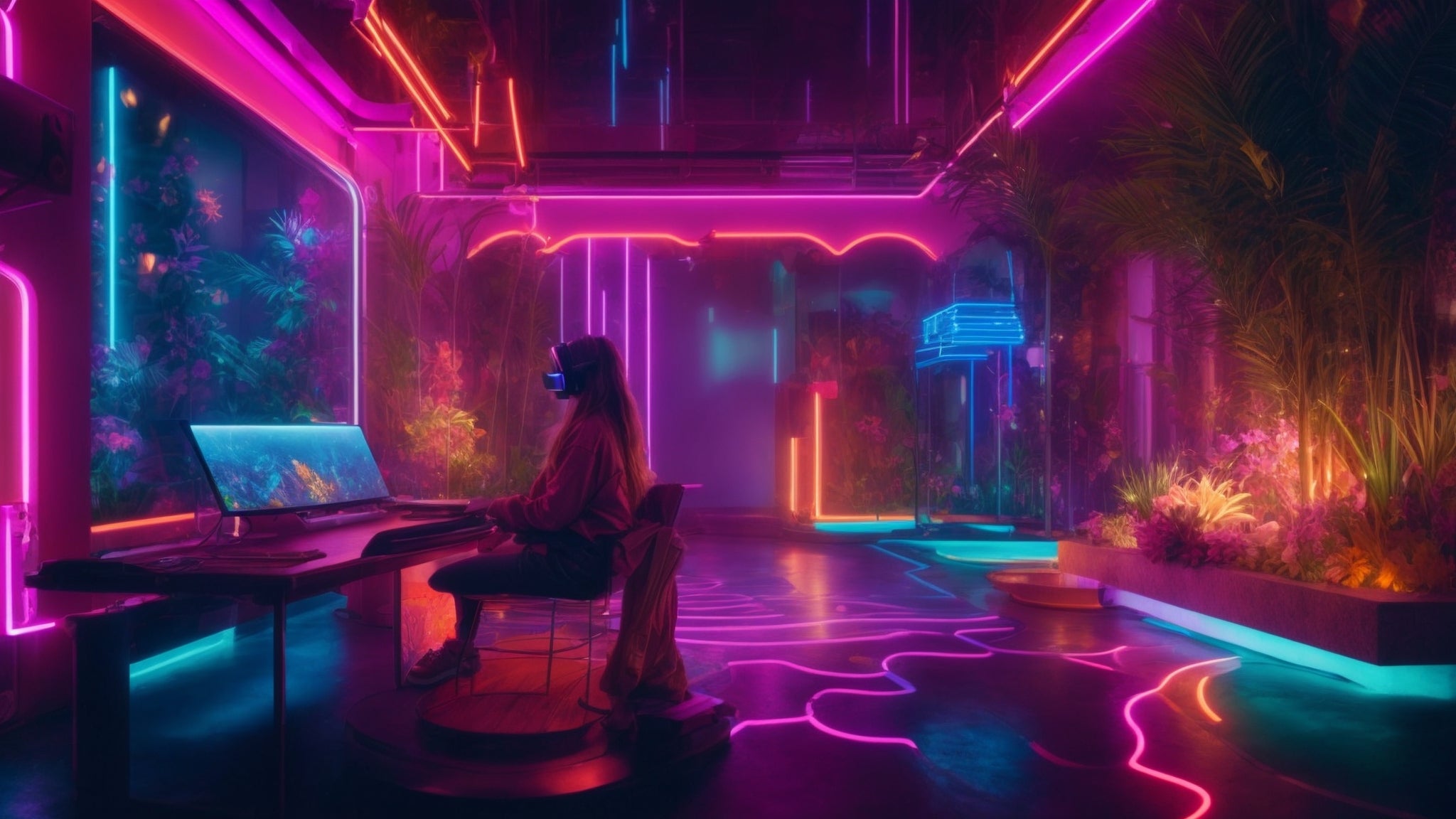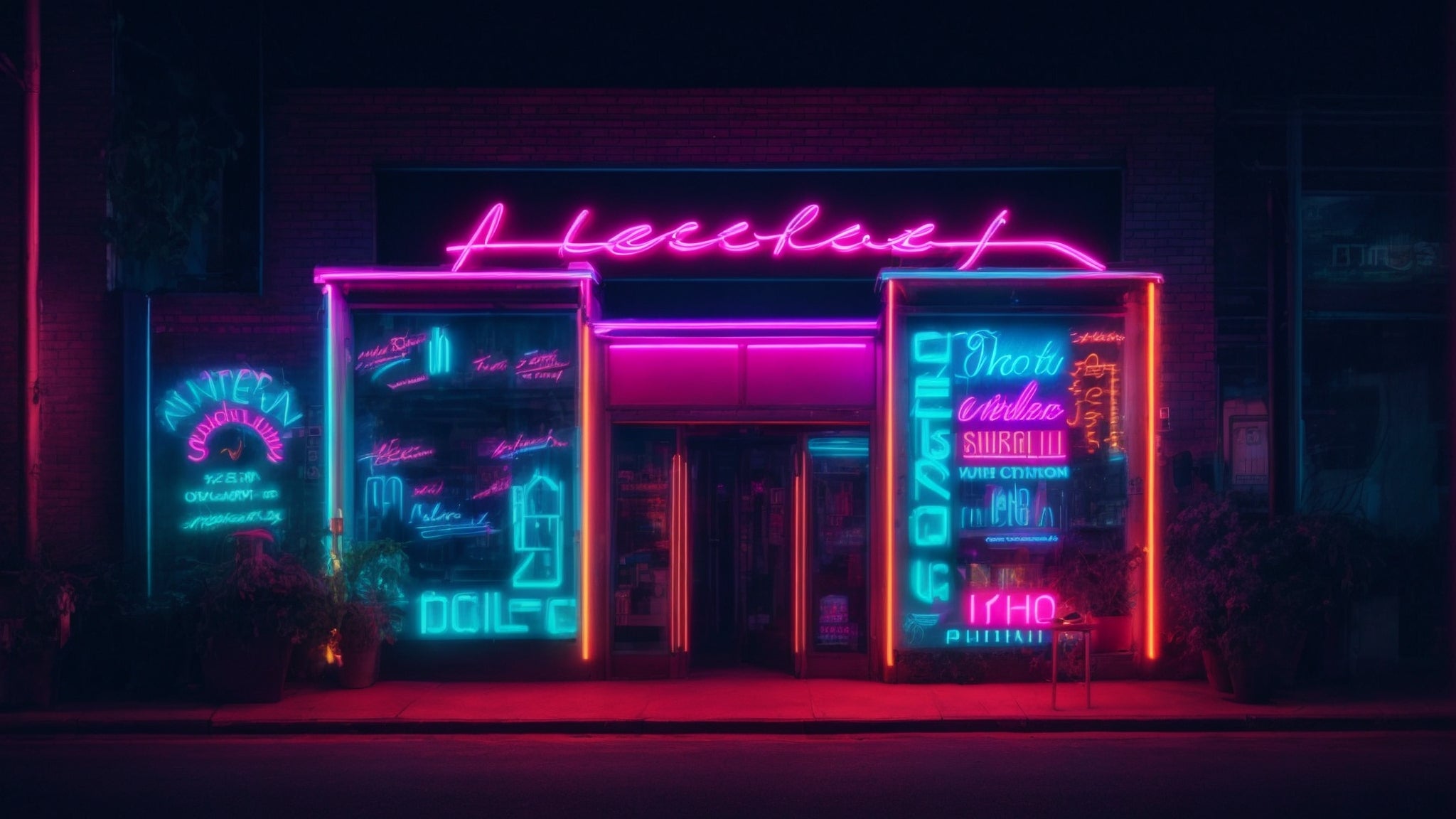Green Neon: Exploring Sustainable Alternatives in Neon Lighting
Neon lighting has long been associated with vibrant colors and eye-catching signage. However, traditional neon lights are not the most environmentally friendly option. The manufacturing process involves the use of hazardous materials, such as mercury, and consumes a significant amount of energy. In recent years, there has been a growing demand for sustainable alternatives in neon lighting that offer the same visual appeal while minimizing the environmental impact.
1. LED Neon Lights
LED technology has revolutionized the lighting industry, and neon lighting is no exception. LED neon lights are an energy-efficient and eco-friendly alternative to traditional neon lights. They consume up to 80% less energy and have a longer lifespan, reducing the need for frequent replacements. LED neon lights also do not contain hazardous materials, making them safer for both the environment and human health.
LED neon lights use light-emitting diodes (LEDs) to produce the neon-like glow. These small, solid-state devices emit light when an electric current passes through them. The light produced by LEDs is bright, vivid, and can be customized to various colors and intensities. LED neon lights are highly versatile and can be used for signage, decorative lighting, architectural accents, and more.
One of the significant advantages of LED neon lights is their energy efficiency. Unlike traditional neon lights that rely on high-voltage transformers, LED neon lights operate at low voltages, resulting in significant energy savings. The reduced energy consumption not only helps lower electricity bills but also contributes to a greener and more sustainable environment.
2. Electroluminescent Wire
Electroluminescent wire, also known as EL wire, is another sustainable alternative to neon lighting. It is a thin, flexible wire that emits a soft glow when an electric current passes through it. EL wire is energy-efficient and does not generate heat, making it safe to touch. It is also highly customizable, allowing for creative and intricate designs.
EL wire is commonly used for decorative purposes, artistic installations, and even costumes. Its flexibility and bendability make it easy to shape into various forms and patterns. EL wire is available in different colors, and some types even offer the option of color-changing effects. It can be used to create captivating lighting displays, highlighting architectural features, and enhancing artistic creations.
Compared to traditional neon lights, EL wire is more durable and has a longer lifespan. It is resistant to impact and vibration, making it suitable for both indoor and outdoor applications. EL wire operates at low voltages, resulting in energy savings and reduced environmental impact. The wire itself is made from non-toxic materials, further contributing to its eco-friendly nature.
3. Fiber Optic Lighting
Fiber optic lighting offers a unique and sustainable alternative to neon lighting. It utilizes thin strands of optical fibers to transmit light from a source to different points. The light source can be a powerful LED or halogen lamp located far away from the illuminated area, which minimizes heat generation and energy consumption.
One of the significant advantages of fiber optic lighting is its versatility. The optical fibers can be easily manipulated to create various lighting effects, such as color-changing, twinkling, or fading. Fiber optic lighting is often used in architectural lighting applications, where it can highlight specific features or create a dramatic ambiance.
Another benefit of fiber optic lighting is its safety. The light source remains separate from the illuminated area, eliminating the risk of heat-related accidents. Fiber optic lighting does not emit UV radiation, making it suitable for sensitive environments like art galleries, museums, and hospitals. Additionally, fiber optic lighting does not require any maintenance, as the fibers themselves do not deteriorate over time.
4. Bio-Glow Lighting
Bio-glow lighting is an innovative sustainable alternative that harnesses the natural glow of bioluminescent organisms. These organisms, such as glowing algae or bacteria, emit a soft, natural light without the need for electricity. Bio-glow lighting systems can be integrated into various applications, including signage, architectural lighting, and even outdoor pathways.
One of the main advantages of bio-glow lighting is its minimal environmental impact. It does not require energy consumption or the use of hazardous materials. The bioluminescent organisms used in bio-glow lighting are often sustainably sourced and can be cultivated without harming the environment.
While bio-glow lighting may not offer the same level of brightness as traditional neon lights, its soft and natural glow creates a unique and enchanting ambiance. It is particularly well-suited for creating soothing lighting environments, such as in spas, gardens, or eco-friendly establishments.
5. Solar-Powered Neon Lights
Another sustainable alternative in neon lighting is the use of solar-powered systems. Solar-powered neon lights harness the energy of the sun to generate the neon-like glow. They consist of solar panels that absorb sunlight and convert it into electricity, which is then used to power the lighting system.
Solar-powered neon lights offer several benefits. Firstly, they rely on a renewable energy source, reducing the dependence on fossil fuels. This makes them a clean and sustainable lighting option. Secondly, solar-powered systems operate independently of the electrical grid, making them ideal for remote areas or places with limited access to electricity.
While solar-powered neon lights may have higher upfront costs due to the installation of solar panels, they offer long-term savings since they do not require electricity from the grid. Additionally, they contribute to reducing carbon emissions and combating climate change.
Conclusion
As the demand for sustainable lighting solutions continues to grow, exploring alternatives to traditional neon lights is crucial. LED neon lights, electroluminescent wire, fiber optic lighting, bio-glow lighting, and solar-powered neon lights are just a few examples of the sustainable options available. By adopting these alternatives, we can reduce energy consumption, minimize environmental impact, and still enjoy the visually stunning effects of neon lighting.



Leave a comment
This site is protected by hCaptcha and the hCaptcha Privacy Policy and Terms of Service apply.